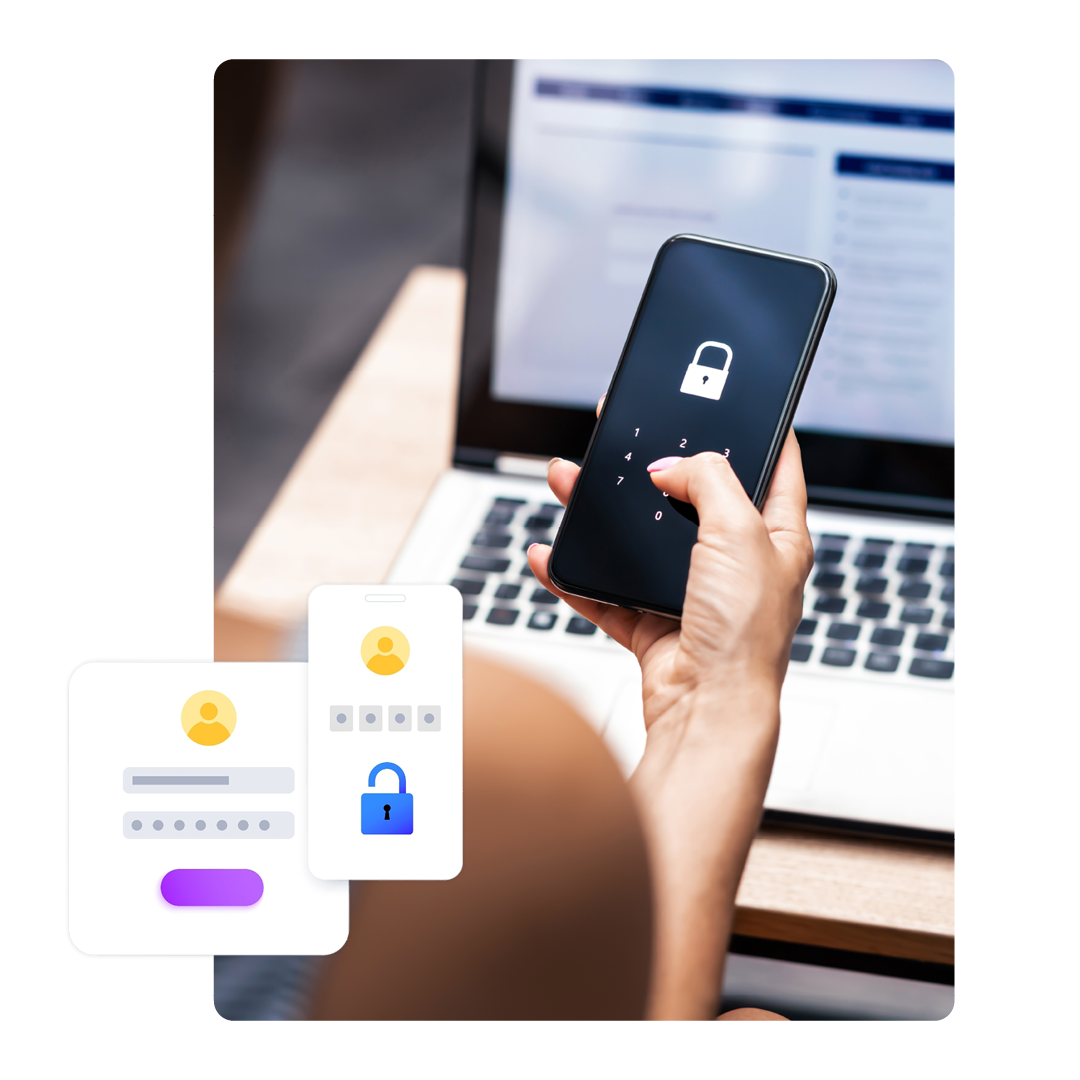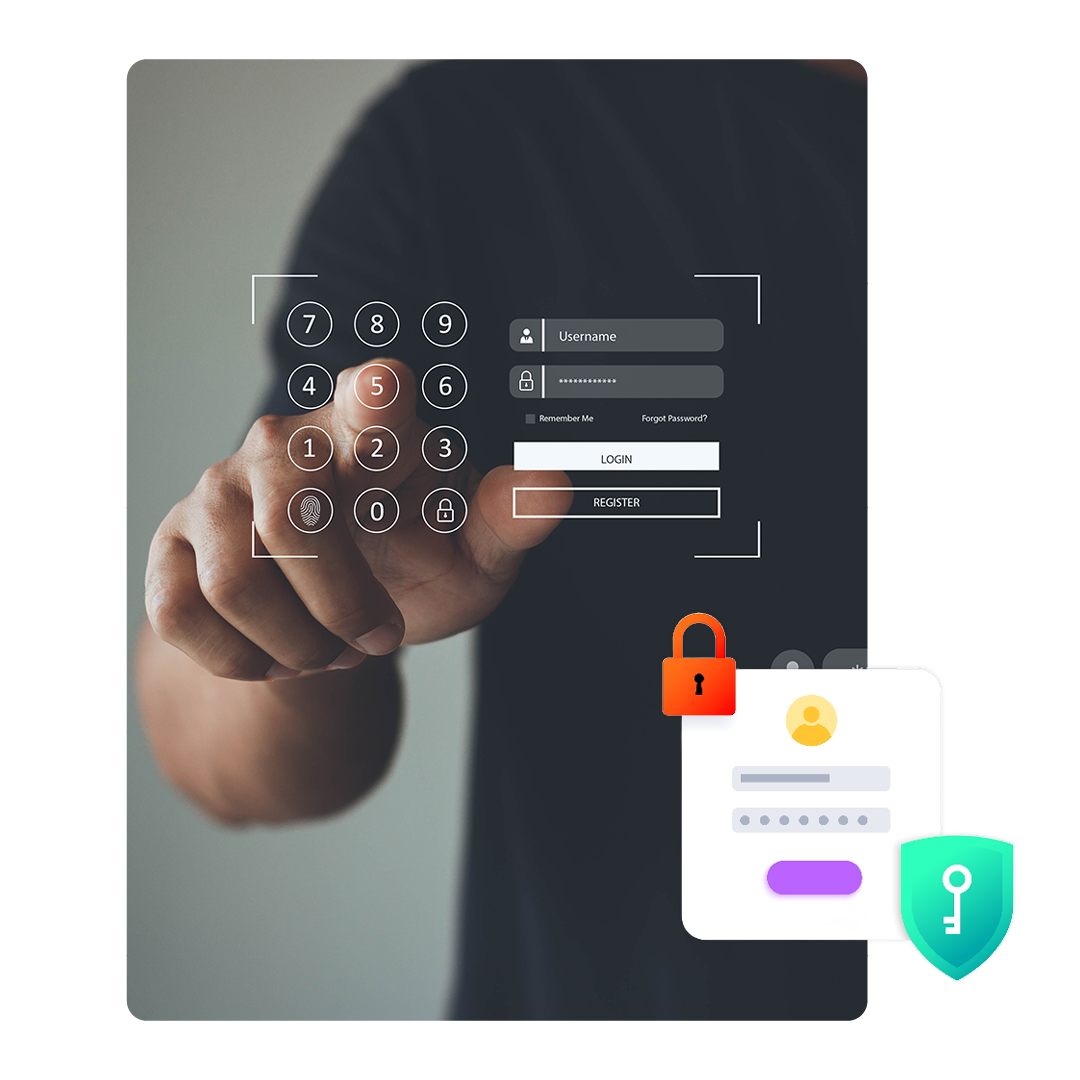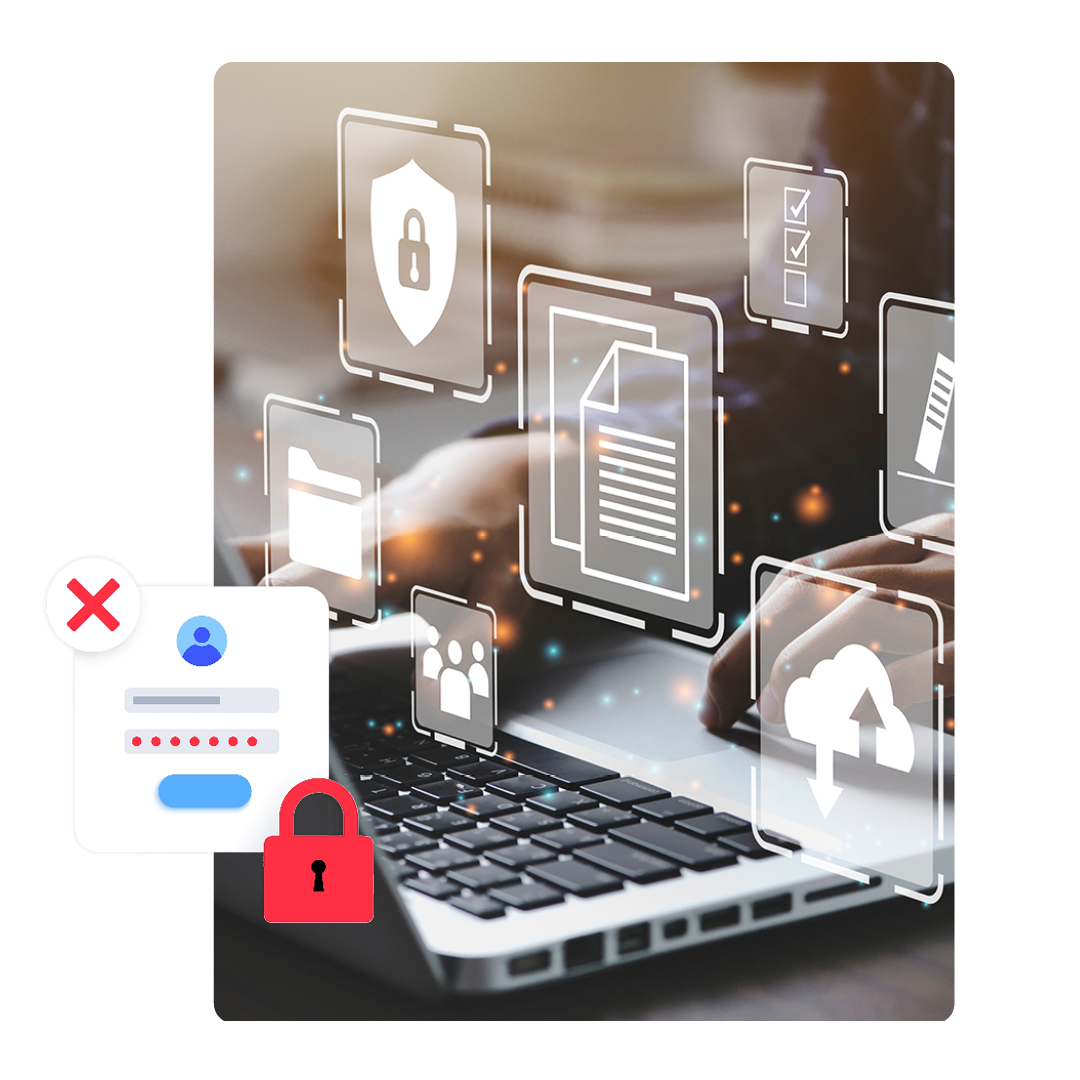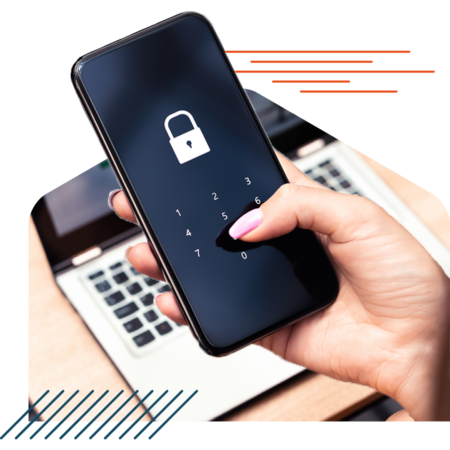Identity security solutions keep track of, verify, and secure all identities in an organisation to mitigate identity vulnerabilities and risks.
Identity-driven attacks account for around 80% of breaches and they are extremely hard to detect, bypassing endpoint security measures. For threat actors, it’s no longer a case of breaking in, but logging in. Once a credential has been compromised, it can be further leveraged, and adversaries can laterally move around the network to launch more severe attacks.
Identity security is a comprehensive strategy of solutions that work to manage access to an organisation’s systems, automating access based on zero trust and securely storing credentials. Investing in identity security enables you to detect and prevent identity-based breaches by only granting access to specific users. It ensures that only the right people have access to the information and applications they need to do their jobs.
Find out how our services and products empower you to predict attack paths and keep one step ahead in identity protection.
Types of identity protection
Multi factor authentication is one of the most common forms of identity security. Setting up MFA for accounts means that you can only gain access to a website or application once you’ve verified your identity via app, phone call, or email.
Single sign-on is an authentication strategy that allows a user to log in with a single ID to any related software systems. Single sign-on allows the user to log in once and access services without re-entering authentication factors.
PAM is a form of prudential life-cycle management to protect against the threats posed by credential theft and privilege misuse. It provides a secure vault for credentials and a central command and control point so that policies can be enforced, and audit trails maintained.
Password managers are tools that allow users to store, generate, and manage their passwords for local applications and online services. The managers ensure passwords are kept track of while maintaining compliance.
Identity management, also known as identity and access management, is a framework of policies and technologies to ensure that the right users have the appropriate access to only the resources that apply to their job role.
Privileged remote access connects third-party users with the relevant applications and resources while limiting access to private data.
Remote support tools are IT tools and software that enable an IT technician or a support representative to connect to a remote computer from their consoles via the internet and work directly on the remote system while maintaining security.







Identity security FAQs
Identity protection encompasses a range of strategies and tools aimed at securing personal information. It involves actions like using strong passwords, encryption methods, and more to safeguard sensitive information. The goal is to prevent unauthorised access to an organisation’s vital systems.
Active Directory is vital as it’s central to all of the steps of the cyber kill chain. To perpetuate an attack, threat actors need to steal credentials or compromise an account with malware, then escalate privileges so they have access to all of the resources they need. Active Directory prevents this.
Password managers allow users to keep track of passwords without having to memorise them. It is a tool that allows users to safely store, generate, and manage their passwords, while continuing to meet compliance and audit requirements.
Hardware tokens are a recommended alternative to traditional MFA methods. They enable users to log in and out of devices quickly, while removing the need for an app, email, or text.
Identity Access Management (IAM) is a framework of policies and technologies to ensure that the right users have the appropriate access to only the resources that apply to their job role. IAM includes managing the JML process. It ensures dormant accounts are removed when a staff member or student leaves, visitors only have access to the things they need, and users are given the correct access when they move roles.
Single sign-on is an authentication strategy that allows a user to log in with a single set of credentials and have access to multiple applications. It reduces the number of usernames and passwords staff have to remember, saving time as users only need to log in once.




